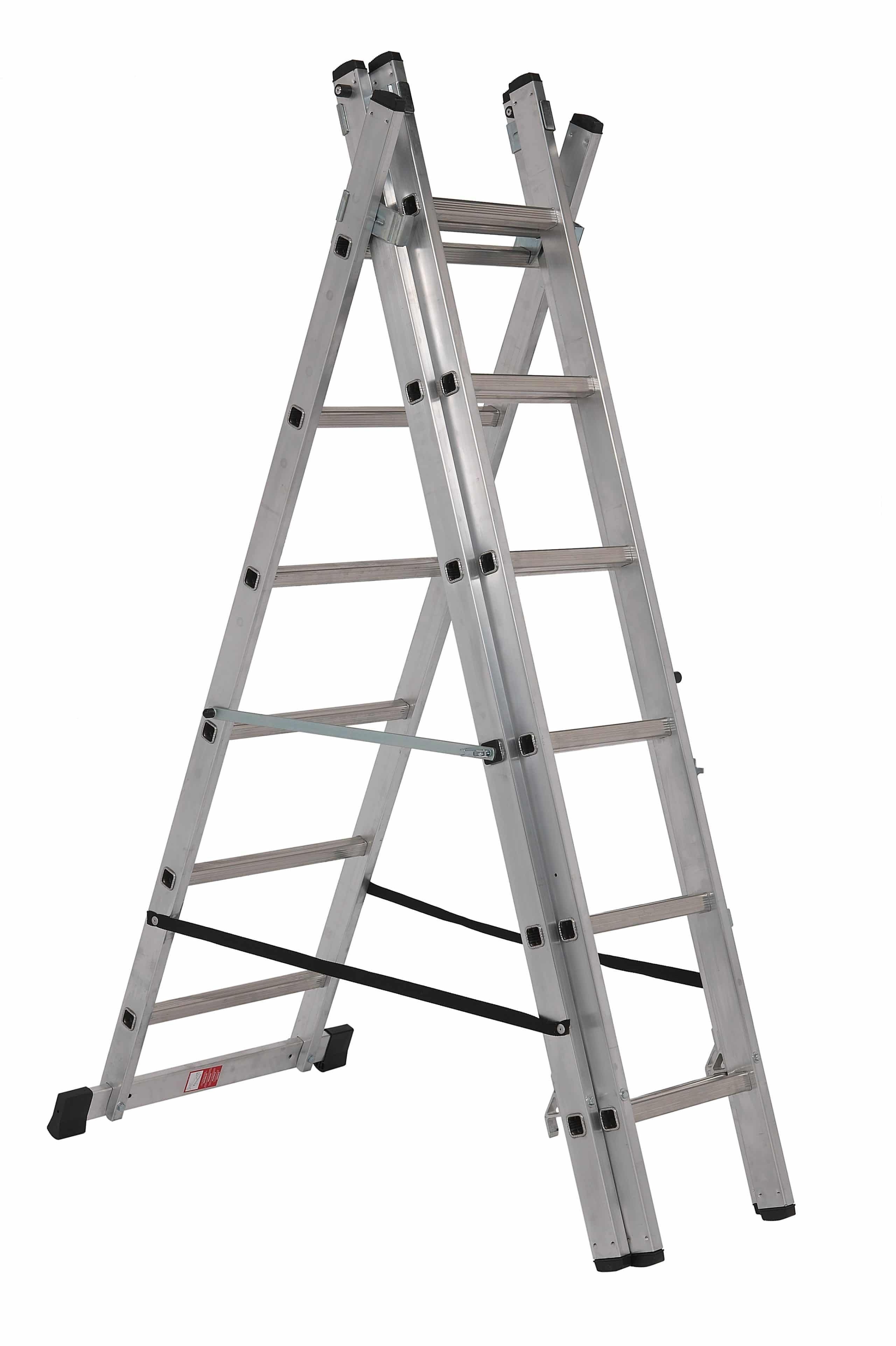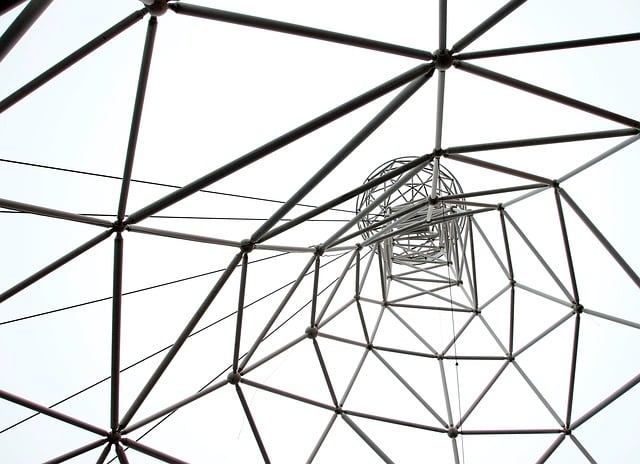How to Work Safely at Height?

How to Work Safely at Height
Any time you or a member of your crew works at a height, the risk of serious injury increases. In fact, there’s a chance of being injured, even when you’re just a few inches off of the ground.
To reduce the risk of injury and increase safety, workers must receive adequate safety standards. They must follow safety procedures.
Finally, they must have the right equipment.
Have a Plan For Each Job
Before you begin, take the time to create a specific plan of action for tackling any job to be done at a height. First, survey the area. What are the fall hazards? How much room do you have to work? Then create a step-by-step plan for completing the job quickly and safely.
When you have a detailed work plan, you’ll avoid excessive trips up and down ladders or podium steps.
You can also use planning to avoid moving work equipment around too much, or overcrowding work areas with excessive people or equipment.
Clear The Area Below The Job
All work areas should be cleared of unnecessary people and equipment. Check the area for hazards and remove those as well. Remember that falls are bad. Falls onto sharp or otherwise dangerous surfaces are even more so.
It’s important that you understand fall distance as well. PPE equipment such as lanyards, harnesses, and deceleration devices can prevent injury. They can even save lives. However, this is only true if they have time to deploy, and you’ve properly calculated the fall distance.
Unfortunately, many people make the mistake of simply assuming that the length of the safety rope or lanyard is all they need to know when they consider fall distance.
In reality, you have to consider the height of the worker, the distance before the safety equipment will deploy, any drag created, etc. The Health and Safety Executive has helpful information on safe use of fall prevention equipment with text included on fall distance.

Pick The Right Equipment For The Job
Make certain that you have equipment on hand that is right for the job. Never try to ‘improvise’ just to get the job done quickly. Instead, consider the job, location, and other factors.
Then, determine which is the safest choice. That could be a simple ladder, scaffolding, or powered access equipment.
If you don’t have the equipment you need, it is worth buying or renting that equipment to ensure that your workers are safe.
Don’t forget to include passive protection as you select equipment. Fences and guardrails are passive protections that help keep employees, customers, and members of the public safe without their having to take any action.
This applies especially when you are doing work near public access areas.
Double Check All Equipment
Every piece of equipment that will be employed while working at a height should be inspected thoroughly before it is used. This includes machinery, ladders, scaffolds, steps, harnesses, fall-arrest devices, and power equipment.
Know how all the equipment works, and how to recognize any signs of wear. Don’t allow anyone to use equipment that is even somewhat suspect until you receive the all-clear from a trained repair person or safety expert.
Ensure Employees Are Trained on Equipment
You absolutely must be certain that employees have had the proper training before they take part in projects that require working from a height. Not only is this training legally required, it’s simply good management practice.
In fact, employees should receive regular refreshers on work safety. The more they know, and the more they have practised following safety protocols, the more likely will be to make the right choices when a dangerous situation occurs.
Why You Should Choose Lakeside-Hire Ladders
Here are ten ways in which you can help minimalise risk in the workplace:
- Make sure the base of the ladder has a stable, flat platform on which to rest
- Clean the rungs to ensure that it is free from debris
- Wear appropriate, non-slip footwear
- Do not over-reach
- Always make sure you have three points of contact on the ladder
- Only use the ladder for short periods 15 – 30 minute bursts
- Make sure you are fit to work at height: if you are not feeling 100 per cent it can affect your ability to balance
- Keep your body centred within the ladder to help you balance
- Position the ladder properly and use the 1 in 4 rule
- Inspect your ladder before use for any signs of wear and tear
Of course there are huge advantages to using a ladder and there are plenty different types to choose from. Combination and extension ladders, Catwalk 400 steps, low-level platforms and builders steps can help contractors get to those hard-to-reach areas.
Got a question? call us on 0333 920 2076

Combination Ladder Hire
From only £27.50 / week
- Tested & certified to EN131
- Available next day delivery, London and nationwide
If you hire a ladder you will find that all the equipment is tested to industry safety regulations, inspected to make sure every piece is in top condition.
Sometimes using a specialist ladder is necessary for working in sensitive areas on jobs involving electrical maintenance or wiring. The Grp fibreglass stepladder which is non-conductive to 30,000 volts offers the ideal solution.
Using a ladder makes it easy to continually adjust your working position in those difficult areas and saves you time because you don’t need to keep assembling and dismantling the equipment.




























